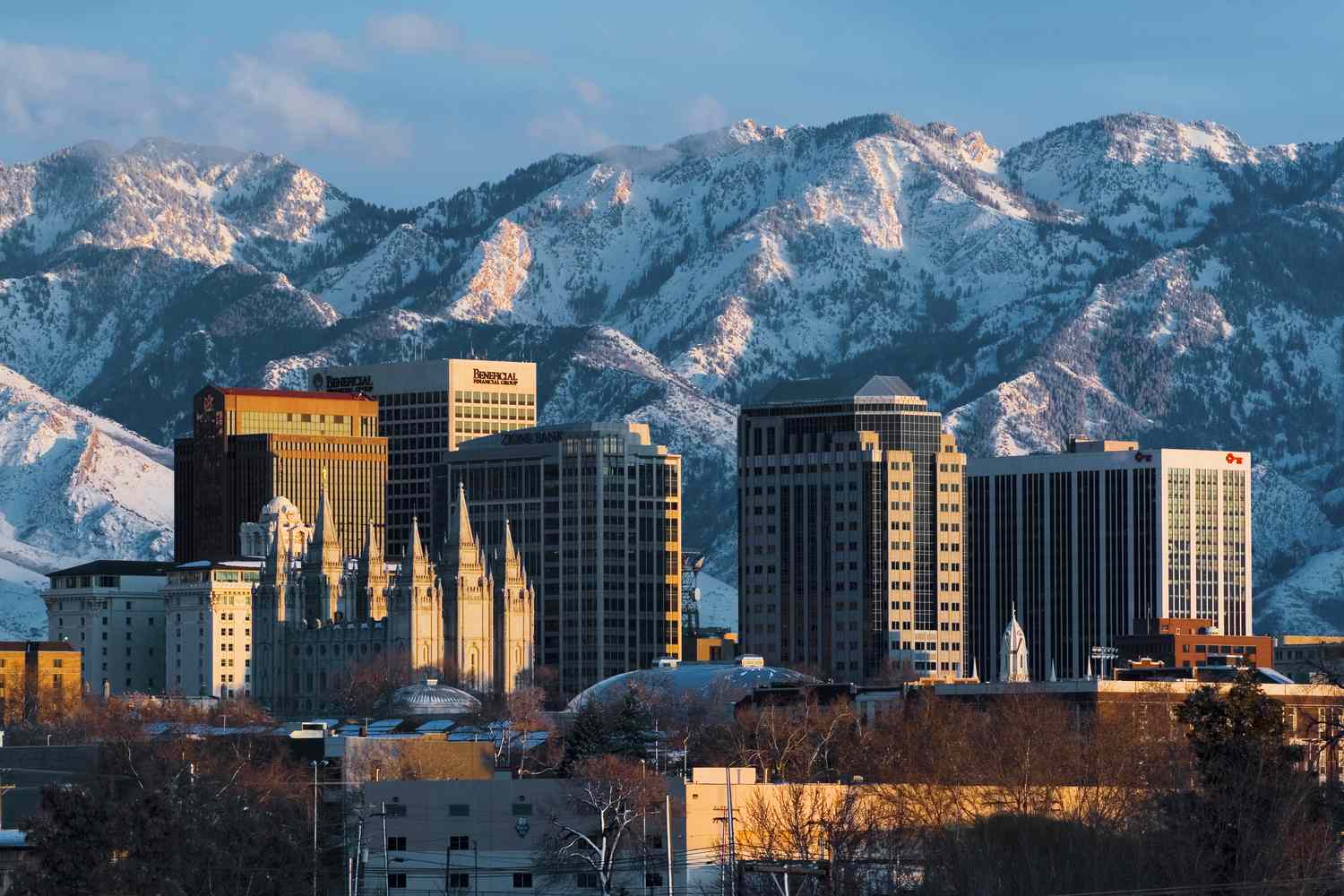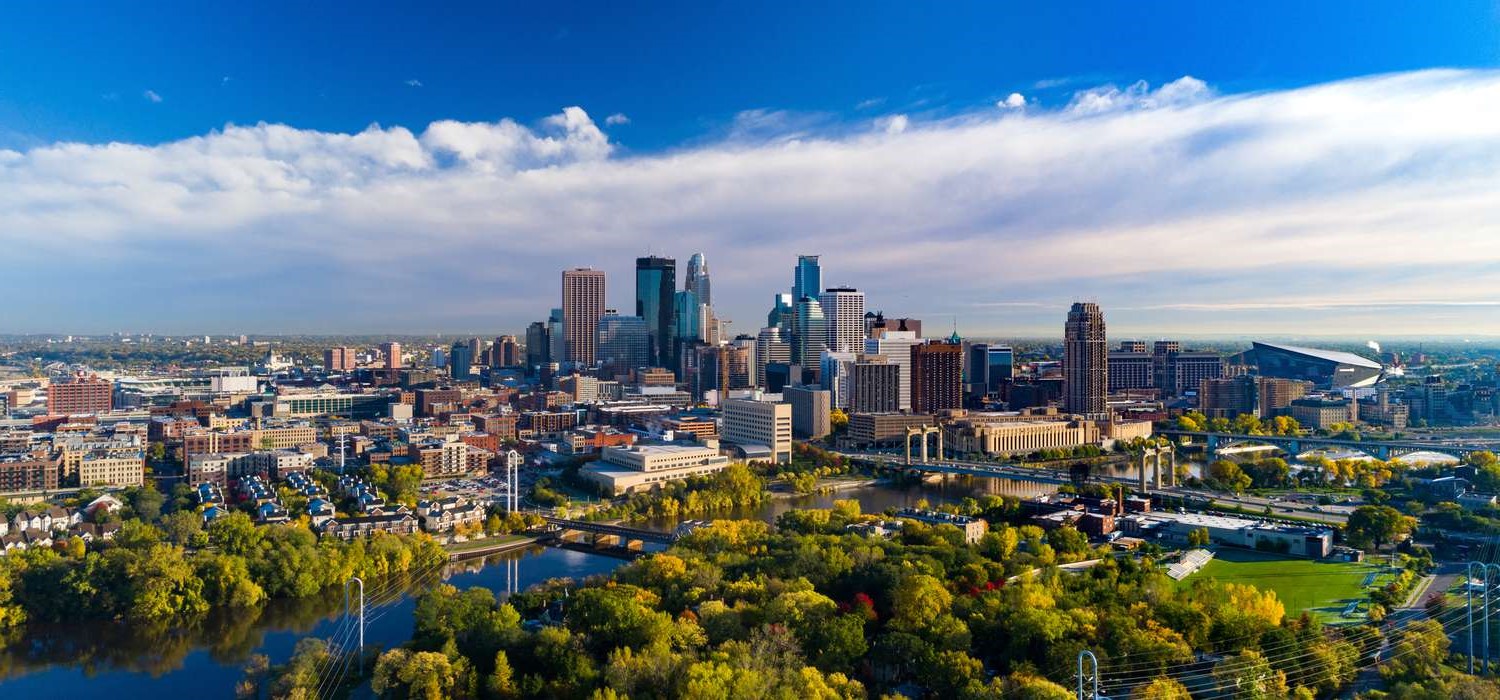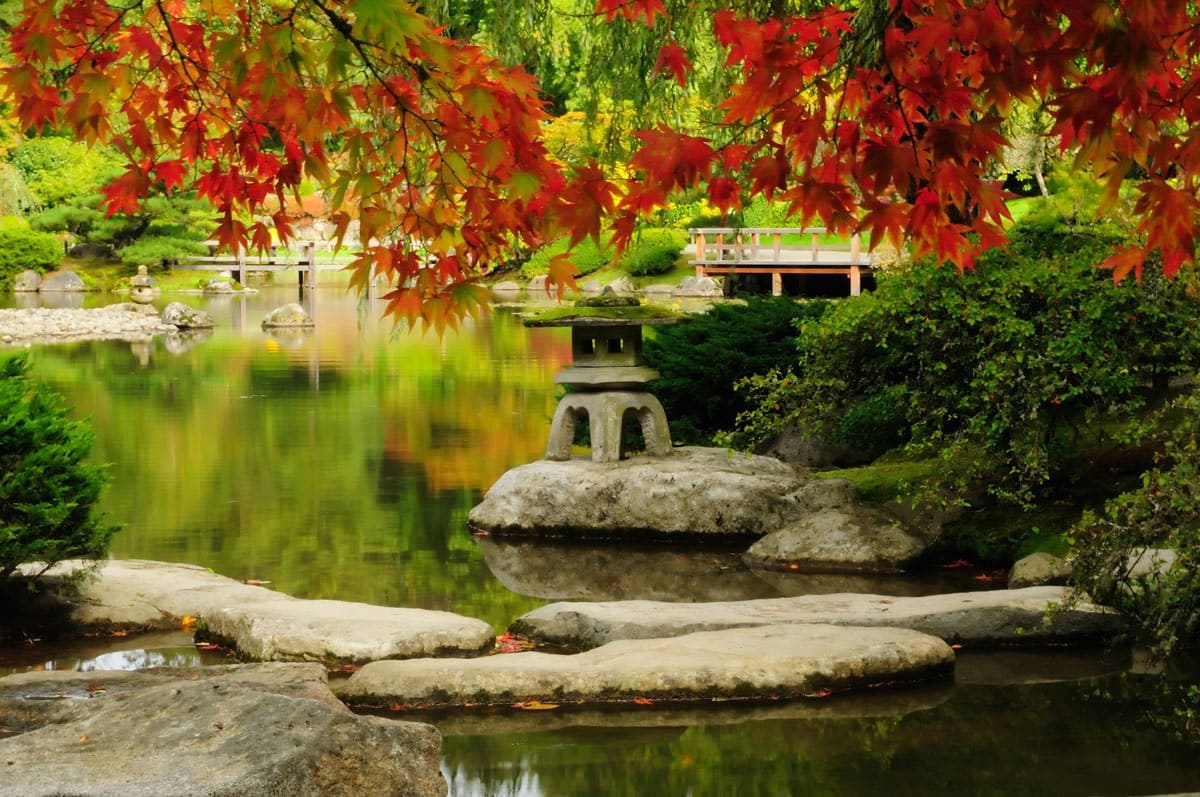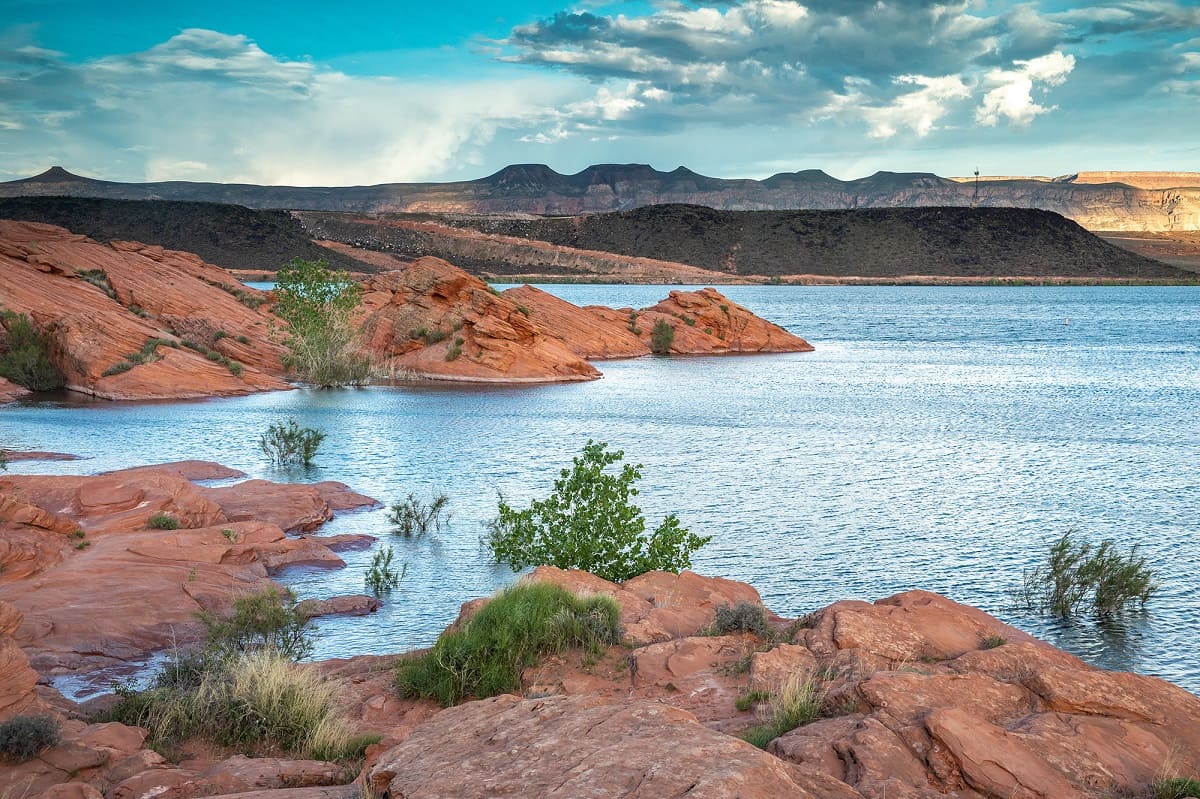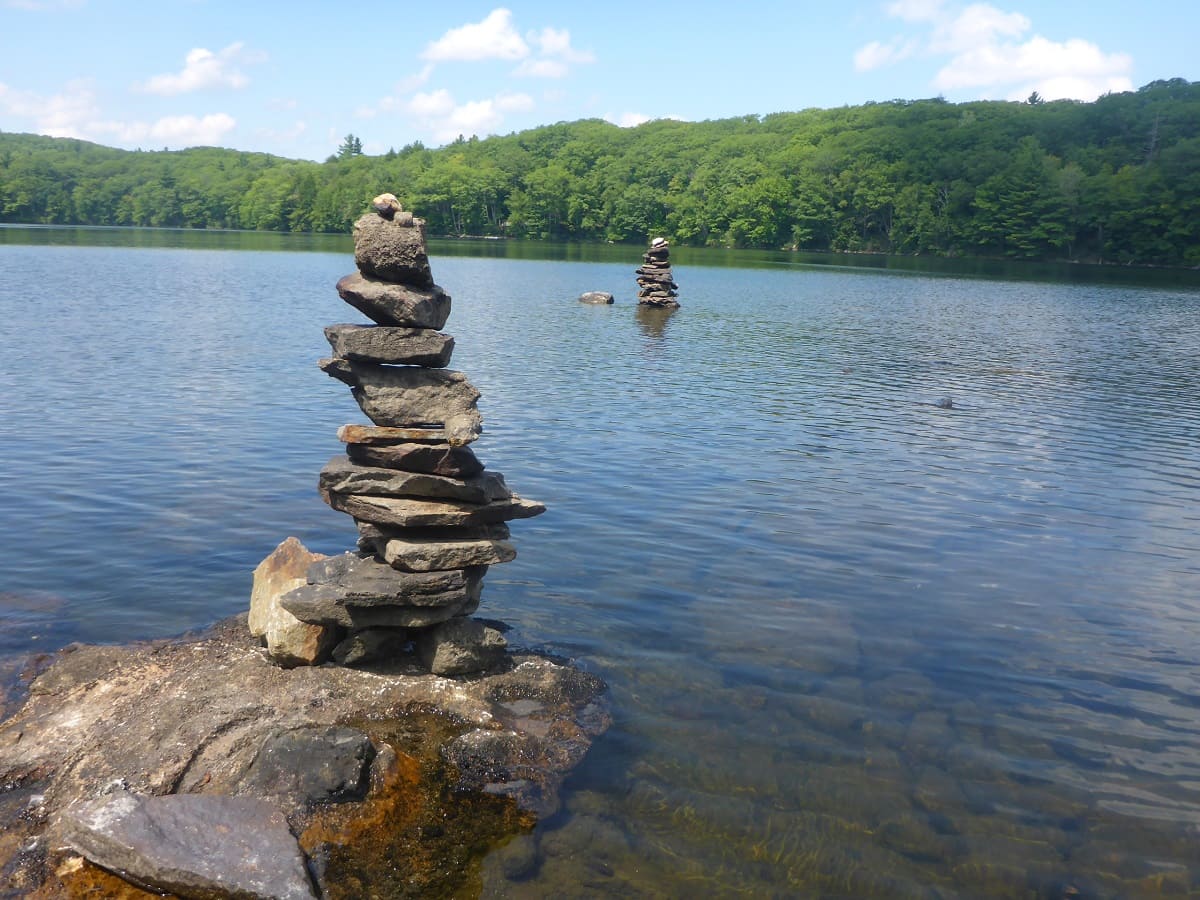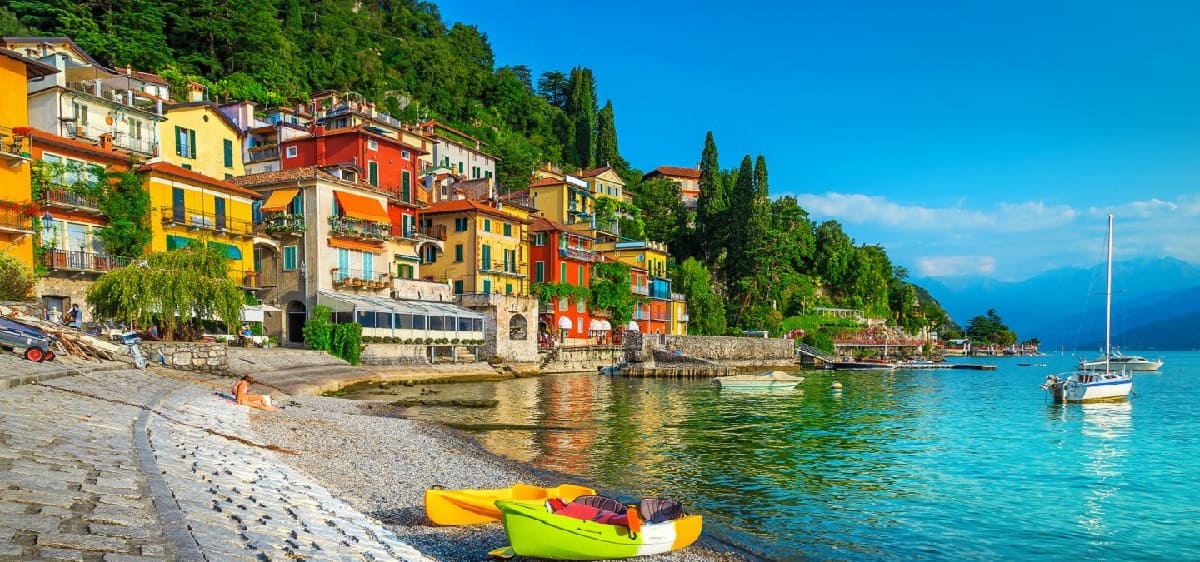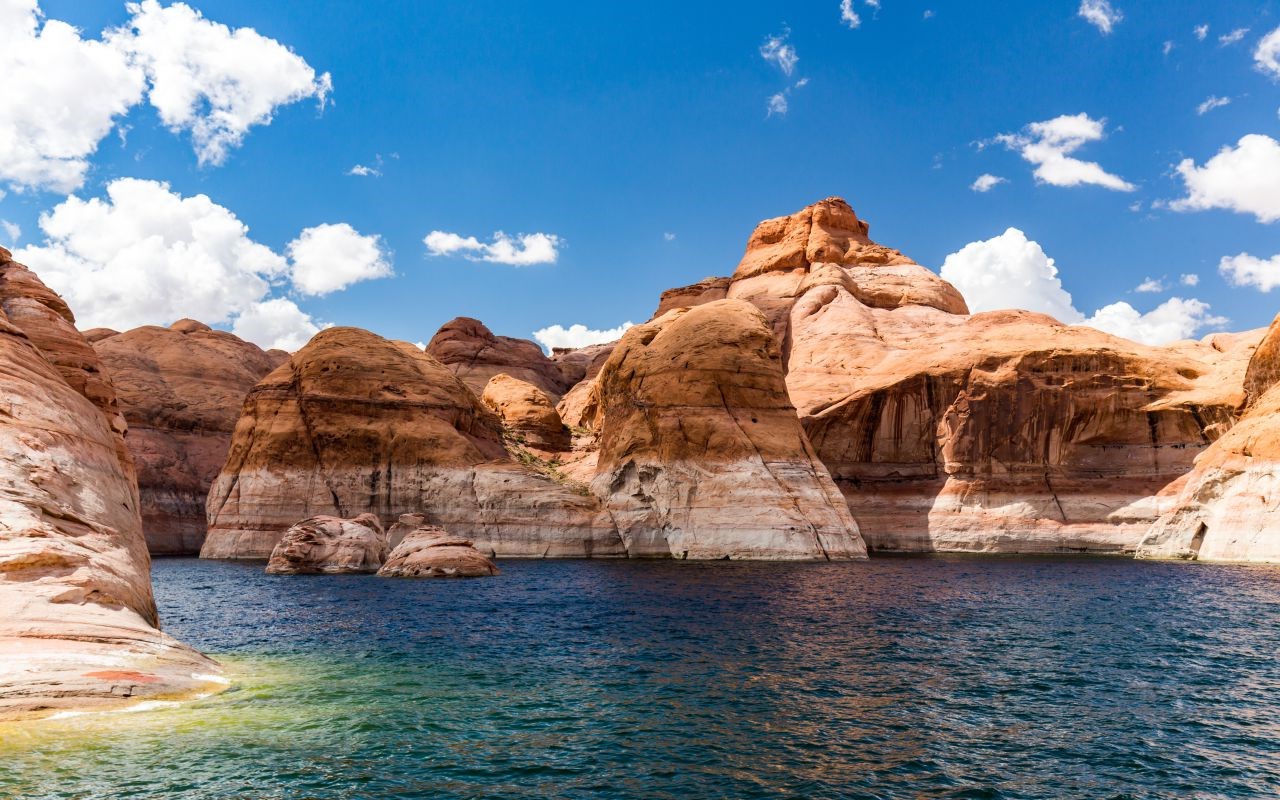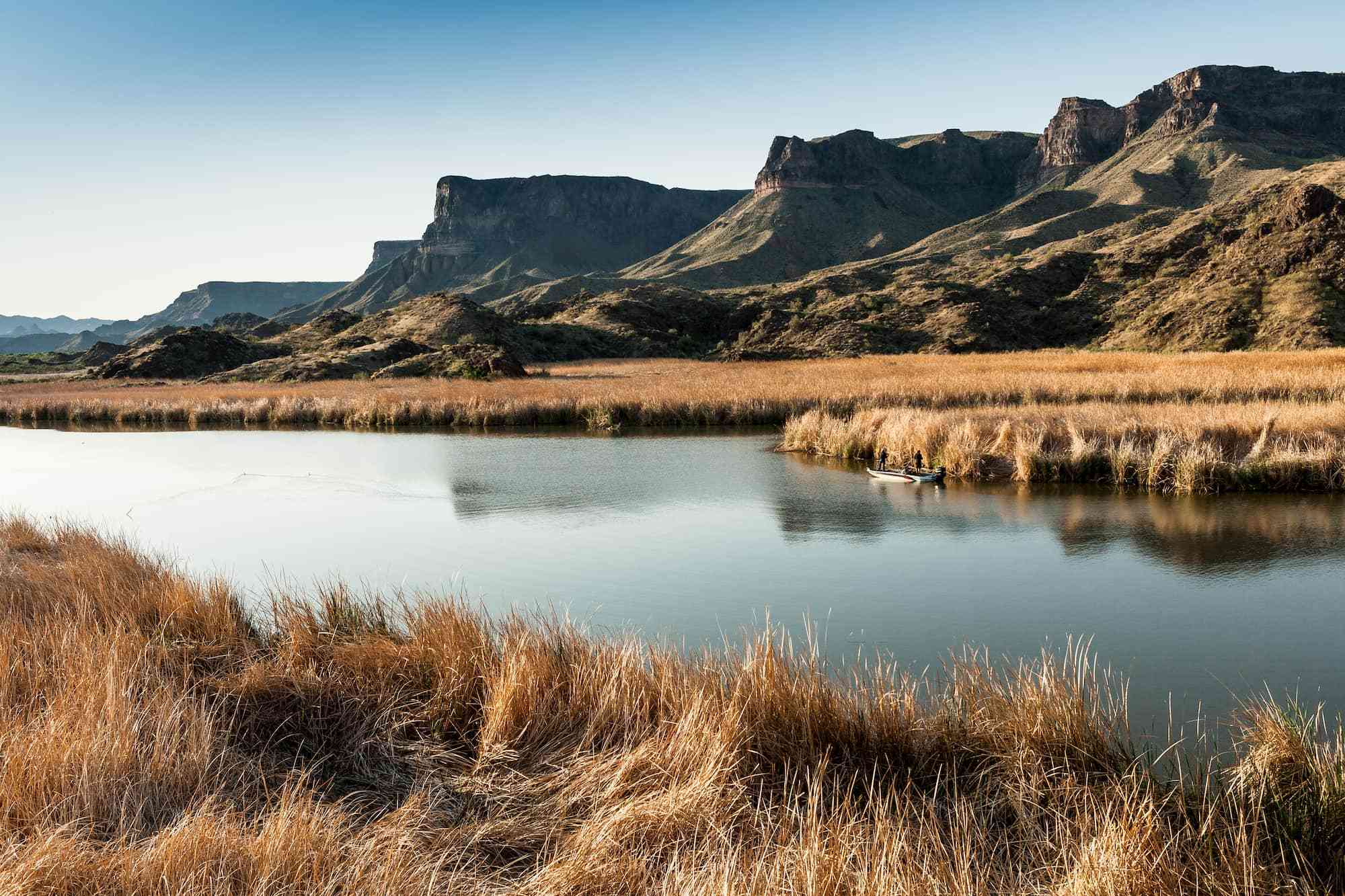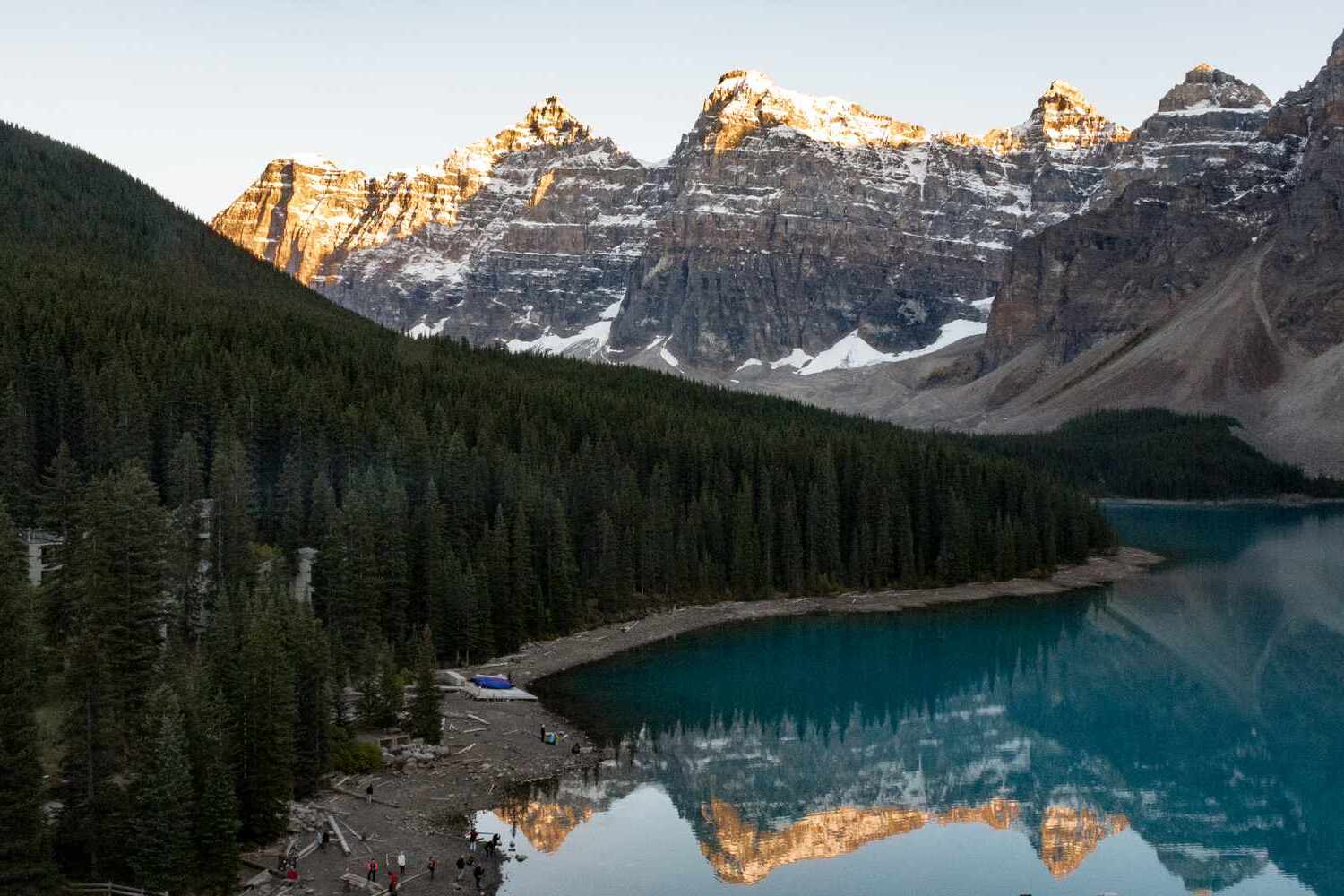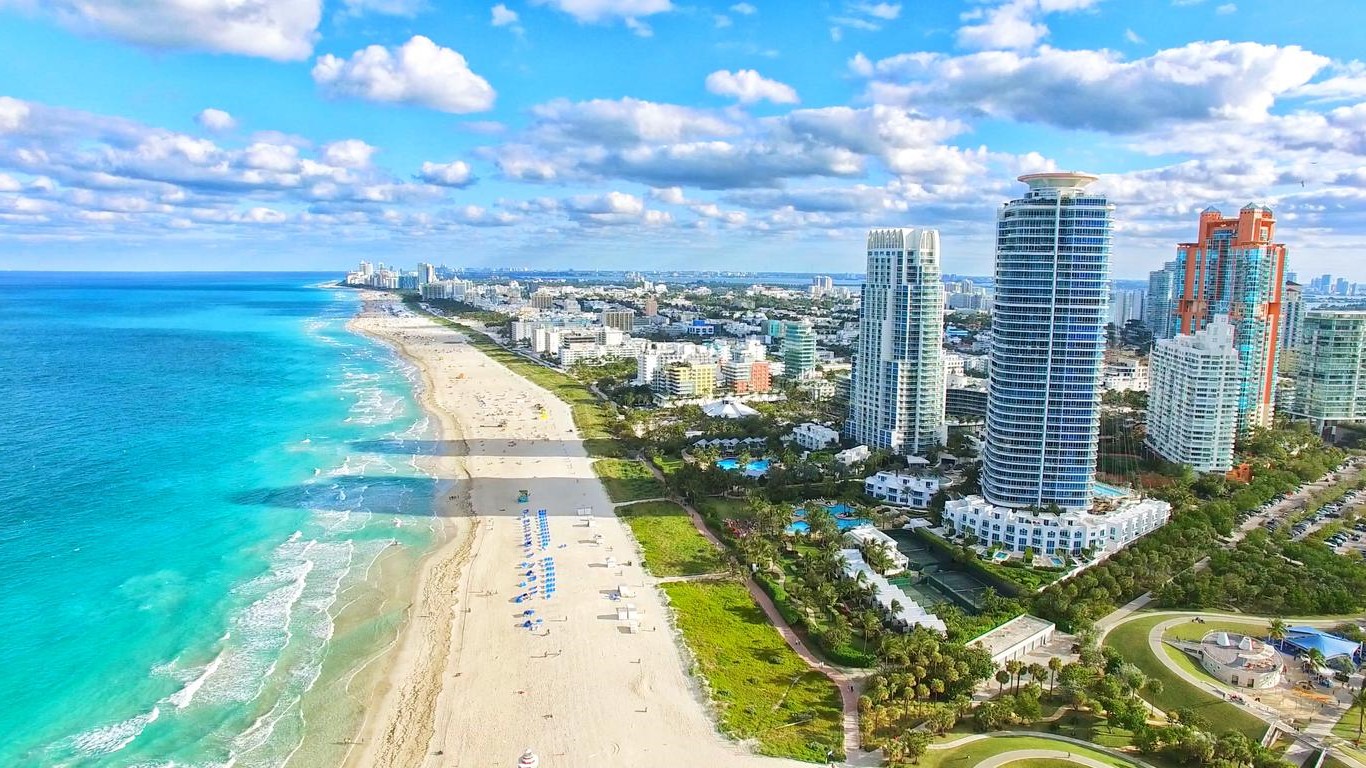Home>Weather and Climate>Minnesota Lake Temperature Guide
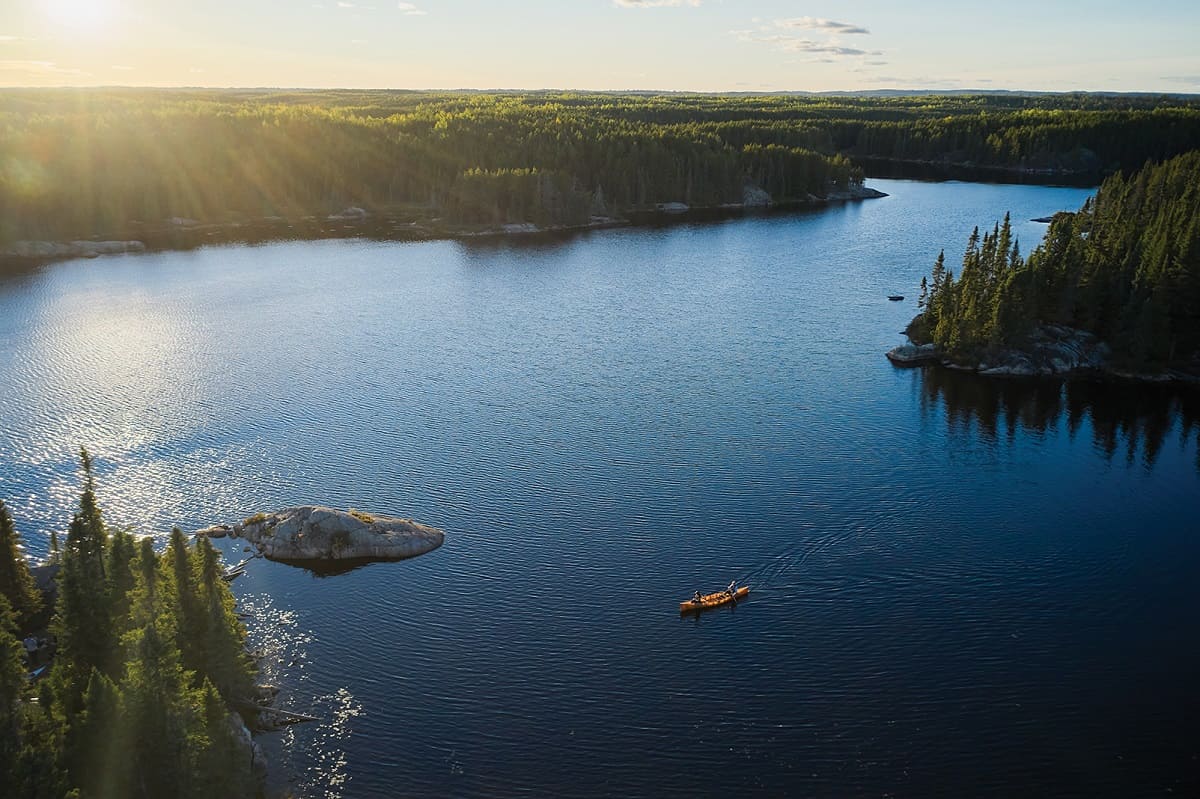

Weather and Climate
Minnesota Lake Temperature Guide
Published: March 2, 2024
Discover the latest Minnesota lake temperature trends and climate conditions. Plan your outdoor activities with accurate weather information. Explore now!
(Many of the links in this article redirect to a specific reviewed product. Your purchase of these products through affiliate links helps to generate commission for Temperatures.com, at no extra cost. Learn more)
Table of Contents
Introduction
The temperature of lakes plays a crucial role in shaping the ecosystems and recreational activities associated with these natural bodies of water. Understanding the dynamics of lake temperature is essential for various reasons, including environmental conservation, outdoor recreation, and wildlife management. In this comprehensive guide, we will delve into the factors influencing lake temperature, the implications of temperature variability, and the best times for engaging in water activities. Additionally, we will explore the impact of lake temperature on fish and wildlife, providing valuable insights into the interconnectedness of these ecosystems.
Lakes are not just bodies of water; they are dynamic systems that respond to a multitude of environmental factors. The temperature of a lake is influenced by a complex interplay of natural phenomena, such as sunlight exposure, air temperature, and the depth and size of the lake. These factors contribute to the unique thermal characteristics of each lake, shaping its ecological niche and recreational potential.
By gaining a deeper understanding of lake temperature, we can appreciate the delicate balance that sustains aquatic life and provides opportunities for leisure and exploration. Whether you are an avid angler, a nature enthusiast, or simply someone who enjoys the tranquility of a lakeside retreat, the temperature of the water holds significance in shaping your experiences.
Throughout this guide, we will unravel the mysteries of lake temperature, uncovering the science behind its fluctuations and the implications for both the natural world and human recreation. Join us on this journey as we explore the fascinating realm of lake temperature and its far-reaching impacts.
Factors Affecting Lake Temperature
The temperature of a lake is influenced by a myriad of factors, each contributing to the complex thermal dynamics of these aquatic ecosystems. Understanding these factors is essential for comprehending the variability in lake temperature and its implications for the environment and recreational activities.
-
Sunlight Exposure: The amount of sunlight a lake receives directly impacts its temperature. Sunlight penetrates the water, heating the surface layers. In turn, this warmth is distributed throughout the lake, affecting its overall temperature. The angle of the sun, duration of daylight, and presence of cloud cover all play a role in regulating the amount of heat absorbed by the lake.
-
Air Temperature: The temperature of the surrounding air exerts a significant influence on the thermal profile of a lake. Warmer air temperatures contribute to the heating of the water, while cooler air temperatures can lead to a reduction in the lake's temperature. This interplay between air and water temperature is a fundamental aspect of the seasonal variations observed in lakes.
-
Depth and Size of the Lake: The depth and size of a lake are pivotal in determining its thermal characteristics. Shallow lakes tend to heat up more quickly, as the sunlight can penetrate to the bottom, warming the entire water column. In contrast, deeper lakes may have distinct thermal layers, with colder water at the bottom and warmer water near the surface. Additionally, the size of the lake influences its heat retention capacity, with larger lakes exhibiting slower temperature fluctuations compared to smaller ones.
-
Water Source and Flow: Lakes fed by rivers or streams may experience temperature fluctuations based on the temperature of the incoming water. Additionally, the flow of water within the lake can impact its thermal distribution, as water movement facilitates the mixing of warmer and cooler layers.
-
Human Activities and Urbanization: Human activities, such as urbanization and industrial processes, can contribute to changes in lake temperature. Runoff from urban areas, discharge from industrial facilities, and alterations to the natural landscape can all influence the thermal balance of a lake, potentially leading to localized temperature variations.
By considering these factors, we gain a deeper appreciation for the intricate web of influences that shape the temperature of lakes. The interplay of natural phenomena and human activities underscores the dynamic nature of lake temperature, highlighting its significance in ecological processes and human interactions with these vital aquatic ecosystems.
Understanding Lake Temperature Variability
The variability of lake temperature is a fascinating phenomenon that reflects the dynamic nature of these aquatic ecosystems. Lakes exhibit a remarkable range of temperature fluctuations, influenced by a multitude of factors that interact to shape their thermal profiles. Understanding the variability in lake temperature is essential for comprehending the seasonal and spatial dynamics that govern these vital bodies of water.
Seasonal variations play a pivotal role in driving changes in lake temperature. During the spring and summer months, lakes experience a gradual increase in temperature as they absorb the warmth of the sun. This period of heating leads to the formation of distinct thermal layers within the lake, with the surface water becoming warmer than the deeper layers. As autumn approaches, the cooling of the air and reduced sunlight exposure contribute to a gradual decline in lake temperature. This seasonal cooling process sets the stage for the eventual formation of a uniform temperature profile throughout the lake during the winter months.
Spatial variability in lake temperature is also influenced by factors such as depth, size, and geographical location. Shallow lakes, for instance, are more susceptible to rapid temperature changes, as the relatively small volume of water allows for quicker heating and cooling. In contrast, deeper lakes may exhibit stratification, with distinct layers of water characterized by varying temperatures. Additionally, lakes situated in different geographical regions experience unique temperature patterns based on local climate conditions and environmental influences.
The interplay of these seasonal and spatial factors results in a rich tapestry of temperature variability across lakes. This variability is not only of scientific interest but also holds practical implications for various stakeholders. For example, understanding the temperature fluctuations of a lake is crucial for fisheries management, as it influences the distribution and behavior of fish species. Similarly, recreational activities such as swimming, boating, and fishing are directly impacted by the temperature of the water, making it essential for enthusiasts to be aware of the prevailing thermal conditions.
By unraveling the intricacies of lake temperature variability, we gain a deeper appreciation for the dynamic nature of these aquatic ecosystems. The ebb and flow of temperature within lakes reflect the intricate dance of natural forces, shaping the ecological balance and recreational potential of these invaluable water bodies.
Best Times for Swimming and Water Activities
The best times for swimming and engaging in water activities in lakes are influenced by a combination of factors, with lake temperature playing a pivotal role in determining the ideal conditions for these recreational pursuits. Understanding the relationship between temperature and water activities is essential for ensuring a safe and enjoyable experience for enthusiasts of all ages.
During the summer months, when the sun's radiant warmth permeates the surface of the lake, the water temperature tends to rise, creating inviting conditions for swimming and water-based recreation. The combination of balmy air temperatures and comfortably warm water makes this season particularly conducive to aquatic activities. Many individuals and families eagerly anticipate the arrival of summer as it heralds the perfect opportunity to immerse oneself in the refreshing embrace of a lake.
In contrast, the early spring and late autumn may present less favorable conditions for swimming and water activities, as the lake temperature tends to be cooler during these transitional periods. While some may still partake in these activities during these times, it is important to exercise caution and be mindful of the potential impact of cooler water temperatures on the body.
The time of day also plays a role in determining the optimal conditions for swimming and water activities. In many lakes, the surface water tends to be warmer during the afternoon, following hours of exposure to the sun's radiant energy. As such, late morning and early afternoon often present ideal opportunities for enjoying the water, as the temperature is at its most inviting.
Furthermore, the depth of the lake and its geographical location can influence the temperature of the water, thereby impacting the best times for swimming and water activities. Shallow lakes, for instance, may warm up more quickly, providing comfortable conditions for recreation earlier in the season. Conversely, deeper lakes may take longer to reach an optimal temperature for swimming, particularly in the early summer months.
By considering these factors, enthusiasts can make informed decisions about the best times to engage in swimming and water activities, ensuring a delightful and safe experience amidst the natural splendor of lakes. Whether it's a leisurely swim, an exhilarating water sport, or simply basking in the serenity of the lake, understanding the nuances of lake temperature enhances the overall enjoyment of these cherished aquatic pastimes.
Impact of Lake Temperature on Fish and Wildlife
The temperature of a lake exerts a profound influence on the behavior, distribution, and overall well-being of fish and wildlife inhabiting these aquatic ecosystems. Understanding the impact of lake temperature on the ecological dynamics of fish and wildlife is essential for conservation efforts, fisheries management, and the preservation of biodiversity.
Fish species exhibit distinct preferences for temperature ranges, with different species thriving in specific thermal conditions. The temperature of the water directly affects the metabolic rates, feeding patterns, and reproductive behaviors of fish. For example, warm-water species such as bass and sunfish are well-adapted to thrive in lakes with higher temperatures, while cold-water species like trout and salmon require cooler, oxygen-rich environments to flourish. Therefore, fluctuations in lake temperature can significantly influence the distribution and abundance of various fish species, shaping the composition of aquatic communities.
Furthermore, the thermal stratification of lakes, characterized by distinct layers of water with varying temperatures, plays a crucial role in the habitat suitability for fish. During the summer, the surface layer of a lake may become warmer, leading to the formation of a thermocline—a boundary separating the warm surface water from the cooler, oxygen-depleted water below. This stratification can impact the vertical distribution of fish, as they may seek out specific thermal layers that offer optimal conditions for feeding and survival.
In addition to fish, the temperature of a lake also influences the broader ecosystem, impacting the abundance and diversity of aquatic organisms. Invertebrates, such as insects and zooplankton, exhibit temperature-dependent behaviors and life cycle patterns, which in turn influence the availability of food for fish and other wildlife. Furthermore, the thermal characteristics of a lake can influence the growth of aquatic plants, which serve as crucial habitats and food sources for a variety of organisms within the ecosystem.
The impact of lake temperature on wildlife extends beyond the aquatic realm, as lakes contribute to the broader landscape and provide vital resources for terrestrial species. Migratory birds, for instance, rely on lakes for foraging, nesting, and resting during their journeys, with the temperature of the water influencing the availability of food sources and the suitability of habitats. Additionally, mammals such as beavers and otters depend on lakes for sustenance and shelter, further underscoring the interconnectedness of lake temperature with terrestrial wildlife.
By recognizing the intricate interplay between lake temperature and the ecological dynamics of fish and wildlife, conservationists, researchers, and policymakers can make informed decisions to safeguard these vital ecosystems. The preservation of suitable thermal habitats, the mitigation of temperature-related stressors, and the promotion of sustainable management practices are essential for ensuring the resilience and vitality of lakes and the diverse array of species that depend on them.

